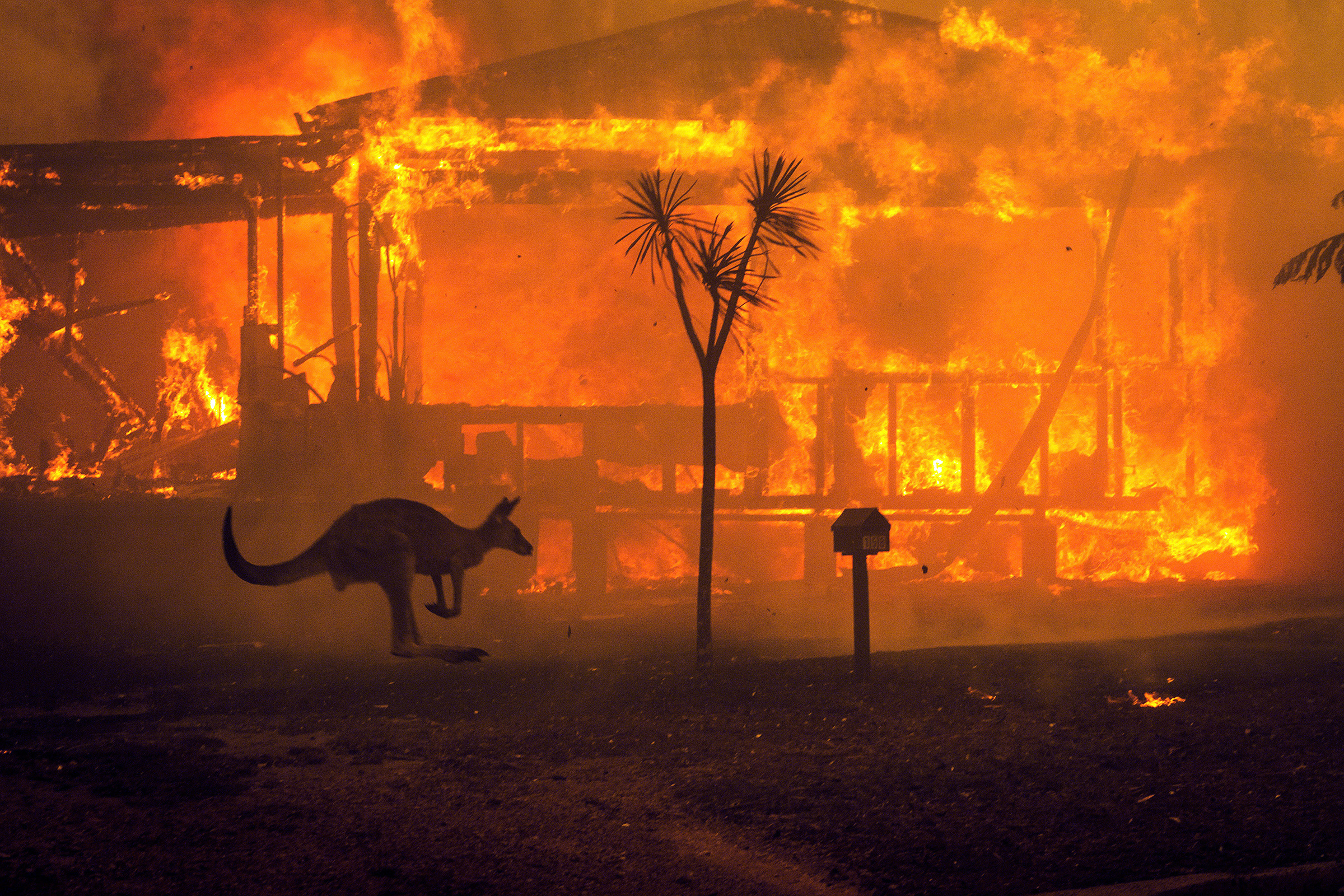Famous Environmental Disaster and The Lesson We Have Learned

Since the time of the industrial revolution, the world’s climate is changing and it will keep changing throughout the 21st century and beyond. Climate change is happening on a global scale but the ecological effects are often local and vary from place to place. Listed below are some of the major disasters that had occurred through centuries due to human interference in nature.
1. France – Glacial Lake Tsunami: A glacial lake outburst flood (GLOF) is a type of outburst flood caused by the failure of a dam containing a glacial lake. The dam can consist of glaciers ice or a terminal moraine. Failure can happen due to erosion, a build-up of water pressure, an avalanche of rock or heavy snow, an earthquake or cry seism, volcanic eruptions under the ice, or massive displacement of water in a glacial lake when a large portion of an adjacent glacier collapses into it.
- One such example is the disaster that occurs in FRANCE. In July 1892, water trapped in one of the Mont Blanc glaciers in France burst out and crashed into the village of Saint-Gervais-Les-Bains. A storm of ice, debris, and water took the lives of nearly 175 villagers and widespread damage to infrastructure. The hidden lake, beneath the Mont Blanc glaciers, could hold enough water to form a cascade with mud, trees, and rocks that could flood the valley in 15 minutes, with a potency of affecting 900 families living there.
- A recent disaster by GLOF occurred in the UTTARAKHAND state of INDIA. On Sunday, February 7- 2021, a huge glacier burst in the Tapovan area of Uttarakhand’s Chamoli district. The cause of the disaster is believed to be the overflow of the Dhauliganga river, one of the several tributaries of the Ganga River, by a huge square of the glacier in the Nanda Devi landscape that fell into it. The swollen Dhauliganga river flowed down to Vishnuprayag, which is where the Dhauliganga and Alaknanda rivers meet, raising the level of these rivers considerably.
This causes widespread panic and large-scale devastations when the force of water even washed away 13.2MW Rishiganga hydropower project near Joshimath and caused damage to 520MW Tapovan- Vishnugad hydropower project with hundreds of workers trapped in the tunnel as water rushes in no time. According to reports, nearly 171 people are missing and around 19 are reported dead.
2. Chernobyl disaster 1986: On April 25 and 26, 1986, the worst nuclear accident in the history of commercial nuclear power cause fatalities from radiation. A routine test at the power plant went wrong, and two massive explosions blew the 1,000-ton roof off one of the plant’s reactors, releasing 400 times more radiation than the atomic bomb dropped on Hiroshima. During the test, however, workers violated safety protocols and power surged inside the plant. Despite attempts to shut down the reactor entirely, another power surge caused a chain reaction of explosions inside. Finally, the nuclear core itself was exposed, spewing radioactive material into the atmosphere. 31 people died within a few weeks of the accident from the initial steam explosion, exposure to radiation and thermal burns, and one due to cardiac arrest. 
3. The Kutch earthquake 2001: The Kutch earthquake of 26 January 2001, was one of the most severe disasters in recent times. It has been the most damaging earthquake in the last five decades in India causing the deaths of around 18,600 people and over 167,000 injured. The moment magnitude of the quake was 7.7 (6.9 on the Richter scale). The 2001 Gujarat earthquake was caused by movement on a previously unknown south-dipping fault, trending parallel to the inferred rift structures.

4. Kedarnath floods 2013: Between June 13 and 17, the state of Uttarakhand had received an unusual amount of rainfall. This led to the melting of the Chorabari glacier and the eruption of the Mandakini river. The glacier lies on the slope of the 6,940- meter Kedarnath peak of the Himalayas. The glacier is 7 km in length, its basin area is 38 sq. km and the ice cover is 5.9 sq. km. The heavy rainfall caused massive flash floods and landslides resulting in the death of residents and tourists as well as extensive property damage. As many as 2,052 houses have been wiped out, 147 bridges have collapsed and 1,307 roads destroyed. The flood left behind a death toll of more than 5000.

5. Australian bushfires 2019-20: Australia is no stranger to bushfires. However, in 2019-20, major bushfires began even before the official arrival of spring in June and then new out-of-control fires sprung up at the beginning of Sept. 2019 and things swiftly got worse before rains helped contain many of the worst fires in February 2020. The major cause of ignition of fires during the 2019–20 fire crisis in NSW and Victoria is reported to be lightning strikes.

However, factors such as climate trends, weather patterns, and vegetation management by humans can all contribute to the intensity of bushfire seasons. At least 33 people have been killed - including 4 firefighters - and more than 11 million hectares (110,000 sq. km or 27.2 million acres) of the bush, forest, and parks across Australia have burned. Around 3,000 homes have been destroyed or damaged.
One study estimated that 480 million animals have been killed already. This figure only includes mammals, birds, and reptiles and does not consider insects, bats, or frogs. Several endangered species are also facing the risk of total extinction. A study from Australia’s government found that 471 plants and 191 invertebrates were affected by the fires, with the most severely affected species losing at least 30% of their habitat. Additionally, the bush fires are estimated to have pumped 350 million tonnes of CO2 into the atmosphere.
But what we have learned from all these disasters?
Population growth and rapid growth of urban populations in developing countries over the last few decades have resulted in increased numbers of people who require help each year as a result of natural hazards such as storms, floods, and earthquakes. Learning lessons from these disasters:
- Enable us to become aware of our role as active global citizens able to participate in society and challenge the fundamental injustices, such as poverty, which lie behind disasters.
- Challenge media-driven stereotypes of disasters and those affected by them.
- Unplanned and haphazard construction, mismanaged tourism and related activities including intensive mining in the fragile ecosystem are some of the reasons that made these natural disasters partly man-made that increased the intensity and magnitude of damages.
- Whether you are directly involved and affected by a natural disaster or not, you can’t help but feel compassionate towards every living being affected.
- Natural disasters don’t just hit and affect those who are poor, but those who are wealthy as well. There is no separation, only the separation we created in our minds and if nature decides it is time to clean her home, she will not make any exceptions.
What's Your Reaction?



































































































